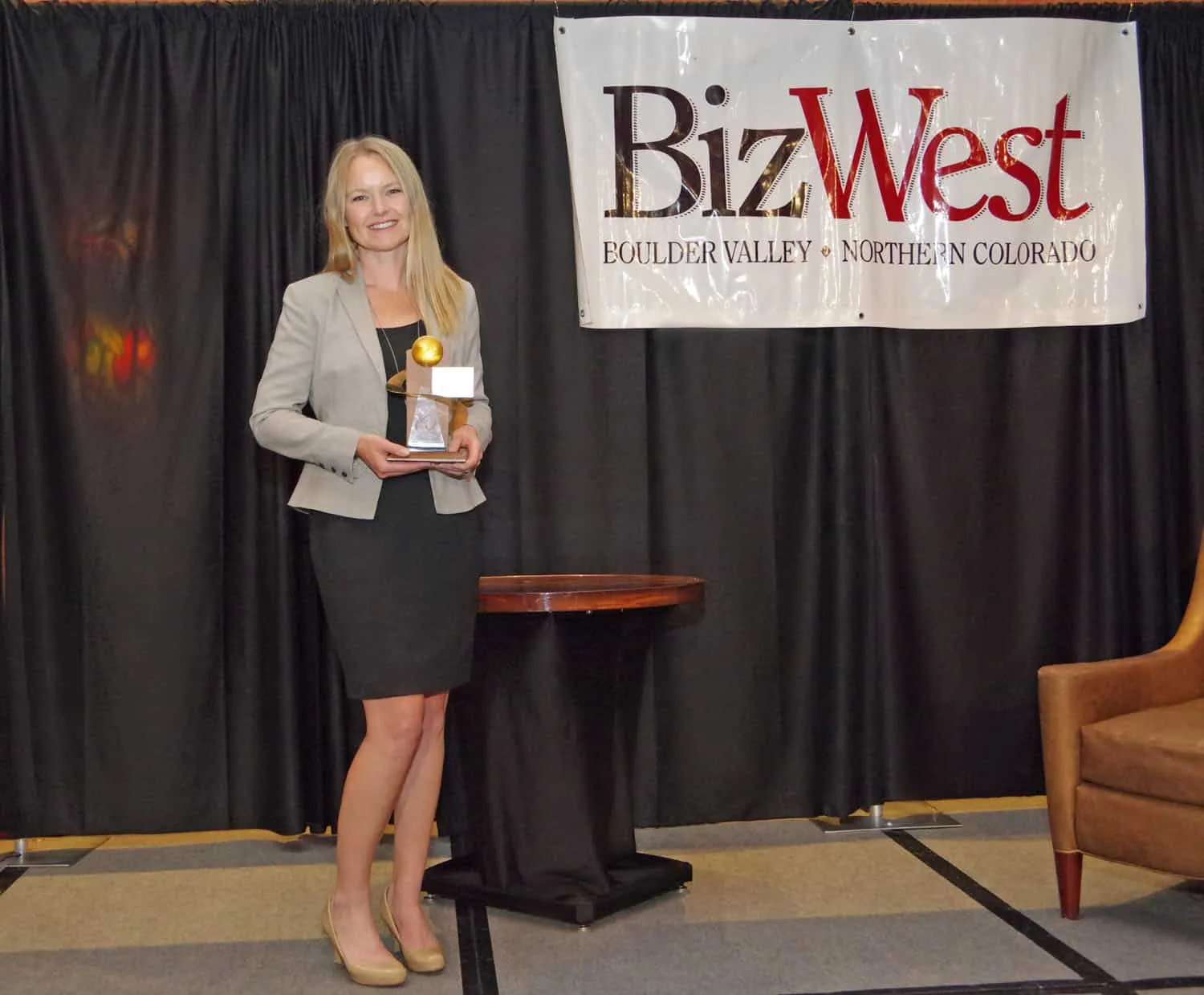Branches evolve, retain relevance with rise of e-banking

With online and mobile banking’s increased popularity — a trend accelerated by the COVID-19 pandemic — it’s fair to question the future of the physical bank branch.
But even with the rise of e-banking, the branch remains a key industry feature. In fact, at least a half-dozen new branches have opened in the Boulder Valley and Northern Colorado in the past year.
So how do bank leaders decide where to locate their branches?
“It’s really more of an art than science,” Bank of Colorado president Shawn Osthoff said.
For banks with a retail focus, customer convenience is king, he said — “good access in…
THIS ARTICLE IS FOR SUBSCRIBERS ONLY
Continue reading for less than $3 per week!
Get a month of award-winning local business news, trends and insights
Access award-winning content today!





